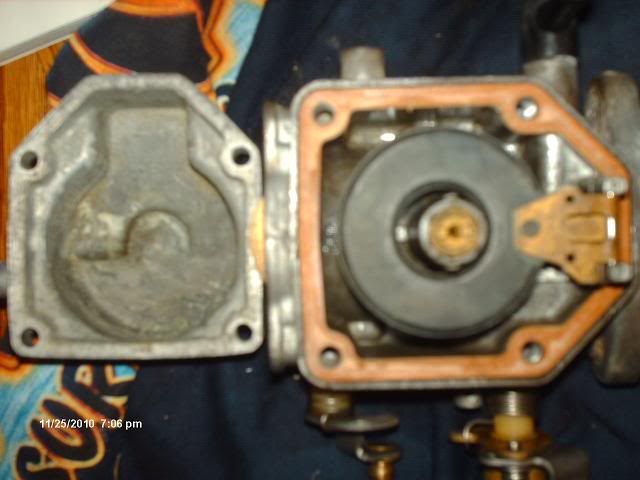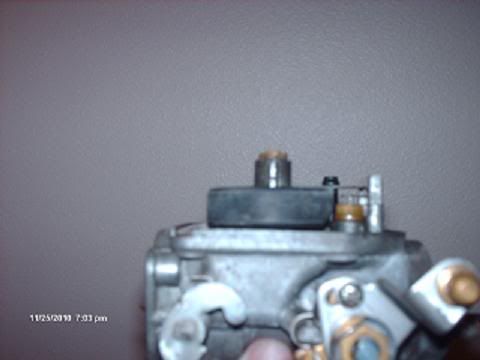Screamin283
Member
Hello everyone,
Sorry my first post has to be a request-for-help, but I'm kind of at a loss here as I don't know too much about outboards. Some background info before I start, the engine in question is a Suzuki DT75. I bought the boat as a project (which I won't ever do again!) and I had the carbs rebuilt last month since the engine had been sitting for a year prior to me getting it.
The engine's compression is 120 on each cylinder. I have new fuel lines, a new primer bulb and a new water separator installed.
When I prime it, the primer bulb does get hard. But when you crank it, it cranks and cranks, and finally sputters, but won't run. When I crank it I am making sure the choke is activated; the choke does work and closes the butterflies when the key is pushed in. (Which, by the way, is a pretty annoying way of choking the engine if you ask me)
Now I know it isn't necessarily a good idea, but I sprayed some 2-stroke starting fluid I got at a marina directly into the carbs. Choked it and cranked it, and it fired right up and ran great - provided I kept the choke closed. It ran for probably a minute or two, so it was obviously using its own gasoline supply, but as soon as I let up on the choke it died.
So, I have basically two questions:
1) What would cause the engine to be so cold blooded? Like I said the carbs were cleaned out, fuel lines replaced, and fresh gas used to run it. Spark plugs are new. Perhaps a weak fuel pump?
2) If I am going to have to keep the engine choked for a long time to warm it up, is there any reason I couldn't wire the choke up to a switch on the dash - I am not sure I have the patience to sit there pushing that key in for 10 minutes.
Any insight or info is appreciated. If you need more info, don't hesitate to ask! Thanks!
Sorry my first post has to be a request-for-help, but I'm kind of at a loss here as I don't know too much about outboards. Some background info before I start, the engine in question is a Suzuki DT75. I bought the boat as a project (which I won't ever do again!) and I had the carbs rebuilt last month since the engine had been sitting for a year prior to me getting it.
The engine's compression is 120 on each cylinder. I have new fuel lines, a new primer bulb and a new water separator installed.
When I prime it, the primer bulb does get hard. But when you crank it, it cranks and cranks, and finally sputters, but won't run. When I crank it I am making sure the choke is activated; the choke does work and closes the butterflies when the key is pushed in. (Which, by the way, is a pretty annoying way of choking the engine if you ask me)
Now I know it isn't necessarily a good idea, but I sprayed some 2-stroke starting fluid I got at a marina directly into the carbs. Choked it and cranked it, and it fired right up and ran great - provided I kept the choke closed. It ran for probably a minute or two, so it was obviously using its own gasoline supply, but as soon as I let up on the choke it died.
So, I have basically two questions:
1) What would cause the engine to be so cold blooded? Like I said the carbs were cleaned out, fuel lines replaced, and fresh gas used to run it. Spark plugs are new. Perhaps a weak fuel pump?
2) If I am going to have to keep the engine choked for a long time to warm it up, is there any reason I couldn't wire the choke up to a switch on the dash - I am not sure I have the patience to sit there pushing that key in for 10 minutes.
Any insight or info is appreciated. If you need more info, don't hesitate to ask! Thanks!
Last edited:




